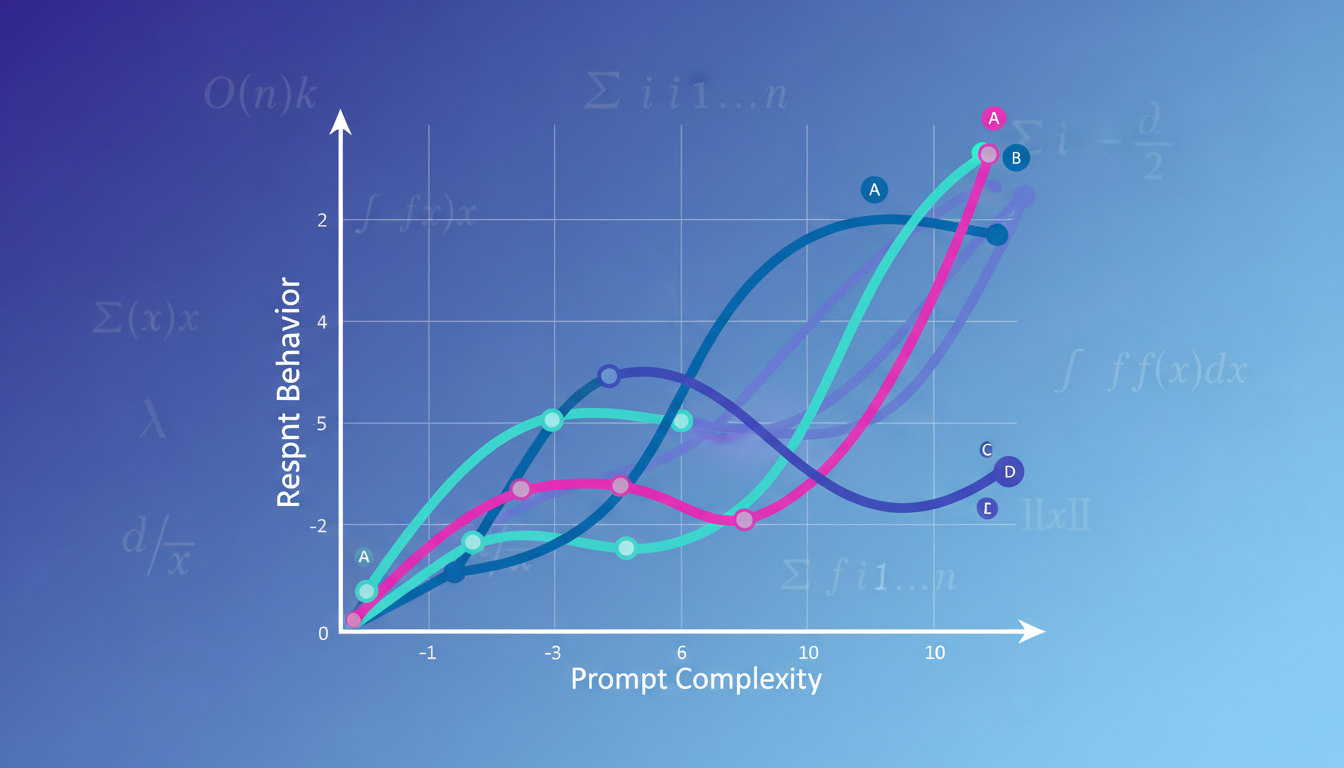This paper presents a novel framework for quantifying the relationship between prompt complexity and information requirements in AI-generated content. We introduce Complexity Units (CU) as a measure of task complexity and demonstrate how information entropy principles can predict the number of clarifying questions needed to achieve well-specified outputs.
Abstract
Our analysis reveals a unified formula: Questions = -0.621 × CU^0.6 × ln(1 - Specification%), explaining why simple creative tasks succeed with minimal prompting while complex systems require extensive specification. The framework provides practical insights for AI system design and sets realistic expectations for AI-assisted task completion.
The Core Problem
When users provide prompts to AI systems, they typically provide only a small fraction of the information needed. Consider a page of text containing 100% of the information needed for a task. A simple prompt like "create an online pet shop" might provide only 1-2% of required information. The AI must fill remaining gaps with assumptions, some having major impacts on output quality.
Complexity Units (CU)
We define a Complexity Unit as one independent decision requiring domain knowledge. This provides a quantifiable measure across task types:
- Simple creative task (Haiku): ~10 CU
- Small project (Blog): ~1,000 CU
- Business system (Pet Shop): ~10,000 CU
- Enterprise system (SaaS Platform): ~100,000 CU
- Mega project (Mars Colony): ~100,000,000 CU
The Unified Formula
Through empirical analysis and theoretical derivation, we discovered this unified relationship:
Questions Needed = -0.621 × CU^0.6 × ln(1 - Specification%/100)
This formula reveals that:
- The commonly cited CU^0.6 relationship is specifically for 80% specification
- Achieving 99% specification requires 2.86× more questions than 80%
- The exponential nature creates severe diminishing returns beyond 80%
The 80% Sweet Spot
The "sweet spot" occurs at 80% specification (20% vagueness), balancing thoroughness with efficiency. Beyond this point, diminishing returns dominate—you spend exponentially more effort for marginal improvements.
Key Finding
After 3 questions, a haiku is 63% specified. After 3 questions, a pet shop is only 6% specified. After 3 questions, a Mars colony is 0.006% specified. This mathematically proves why the same prompt effort yields vastly different results across complexity levels.
Practical Implications
Based on our framework, realistic time estimates emerge:
- Haiku (4 questions): 5 minutes
- Blog (60 questions): 1-2 hours
- Pet Shop (250 questions): Several days
- Enterprise SaaS (1,600 questions): Several weeks
- Mars Colony (63,000 questions): Several years
Conclusion
This framework provides a quantitative foundation for understanding the relationship between prompt complexity and information requirements in AI systems. It transforms the intuitive understanding that "you can't build complex things from simple prompts" into a precise mathematical framework for quantifying and managing information requirements.
Download Full Paper
The complete research paper with mathematical proofs, experimental data, and comprehensive analysis is available for download. Request full paper.



